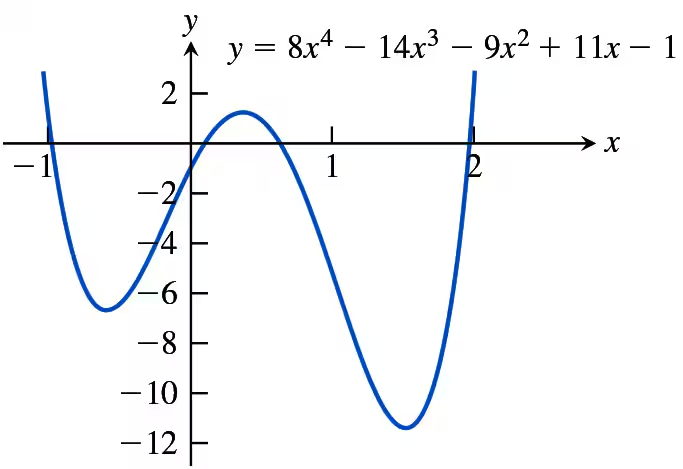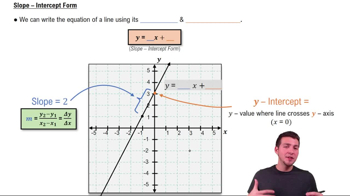Derivatives in Differential Form
In Exercises 17–28, find dy.
y = (2√x)/(3(1 + √x))

 Verified step by step guidance
Verified step by step guidance Verified video answer for a similar problem:
Verified video answer for a similar problem:



 5:53m
5:53mMaster Finding Differentials with a bite sized video explanation from Patrick
Start learning